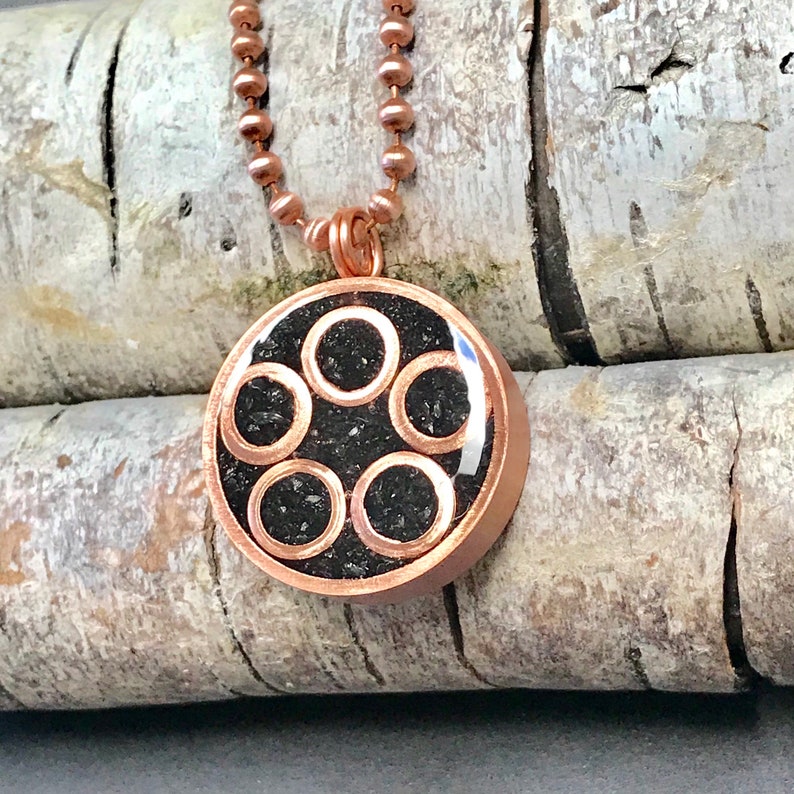When it comes to security garments, a large number of people choose to use pockets. This kind of garment keep small objects secure, but a lot of people prefer to wear underwear with pockets. Many of these clothing also come with pockets for storing valuables, and money. Listed below are a few different options for security garments.

SlashPRO(r) Slash Proof Clothing
The SlashPRO(r) Slash Resistant clothing line comes with certified field-tested, and highly effective protective wear. It shields against slashes to blood vessels and arteries muscles, tendons ligaments, and nerves. It is comfortable and machine washable.
The SlashPRO(r) Slash Resistant Clothing collection is made of 100 100% cut-resistant Cut-Tex(r) PRO material. This fabric is produced from Great Britain and is skin-friendly and Latex-free. It's available on the company's online store.
The neck is a common area of attack for attack with slash. The carotid artery, the jugular vein and ligaments controlling head movement are all located in this area. A cut horizontally across the neck or throat could cut off these veins , causing severe injury in vital organs. To defend against these attacks the neck guard that is slash-resistant is a must-have piece of protective clothing.
Casual pants
Casual trousers are a wardrobe staple that can be worn in many different ways and are typically made of tough fabric. Denim, a dense weave of twill, is a great option for everyday casual trousers. The fabric is strong and comfortable and comes in a wide range of colors. It is also extremely versatile. Denim is available in many different shades, making it easy to design a range of casual trousers in different fabrics and colors.
Casual trousers are an ideal choice for casual wear and can be worn in casual shoes. You can wear a pair of boots like a Bottega or simple black Docs with casual trousers. And, you'll feel confident in the shoes you choose when wearing these trousers. Contrary to dress pants that are uncomfortable when worn with inappropriate sneakers, casual trousers can be put on with athletic shoes, like thrashed Sambas. Casual pants are an excellent choice for work since they're comfortable and stylish.
A good place to buy casual trousers is Louis which has many styles. Louis creates its pants from heavy cotton with an informal design, and their pockets are abundant. The site lets you order two sizes online, and if you aren't satisfied the item, they'll allow a return.
Underwear with pockets
Underwear with pockets was invented by Dustin Slypen in 2006. This type of underwear is great for people who have to carry around their passports and wallets on a night out. This pocketed underwear also prevents thieves from stealing valuables because they have several compartments. emf proof clothing can also carry their phones, as well as other small items in these undergarments.
This brand new kind of underwear has two pockets with zippers. Check over here can be used to hold an ID card, while the other is the perfect size for mobile phones as well as other small objects. They are also ideal to store cash and credit cards. You can rest easy knowing that your valuables are safe particularly if you're traveling to a different location.
One of the pockets is located in the lower abdominal region. Alongside the external pocket, the underwear comes equipped with a pair of legs and an elastic waistband.
Clothing resistant to chemicals
The selection of the correct chemical-resistant clothes is essential to protecting your skin from being exposed to dangerous chemicals. Typically, this is measured by the resistance to permeation, degradation, and penetration. The most common tests are those of the American Society for Testing and Materials (ASTM) permeation test, which determines the time to break through and the steady-state rate of permeation for protective clothing.
The choice of chemical protective clothes should be based on a thorough hazard assessment and a systematic review of the requirements for the wearer. Learn more should be based on your familiarity with the chemical in question. You should also consult a manufacturer's chemical database to determine the appropriateness of the garment. The database should contain data points on penetration, permeation, and breakthrough. Additionally, you must look at the reputation of the manufacturer and distribution method. The price is another factor to consider.
The NIOSH Pocket Guide to Chemical Hazards includes a comprehensive list of chemical hazards that require protective clothing and offers suggestions on the best types of protective clothing you should wear. This helpful guide is a great source of information on which clothing is appropriate for various situations.
